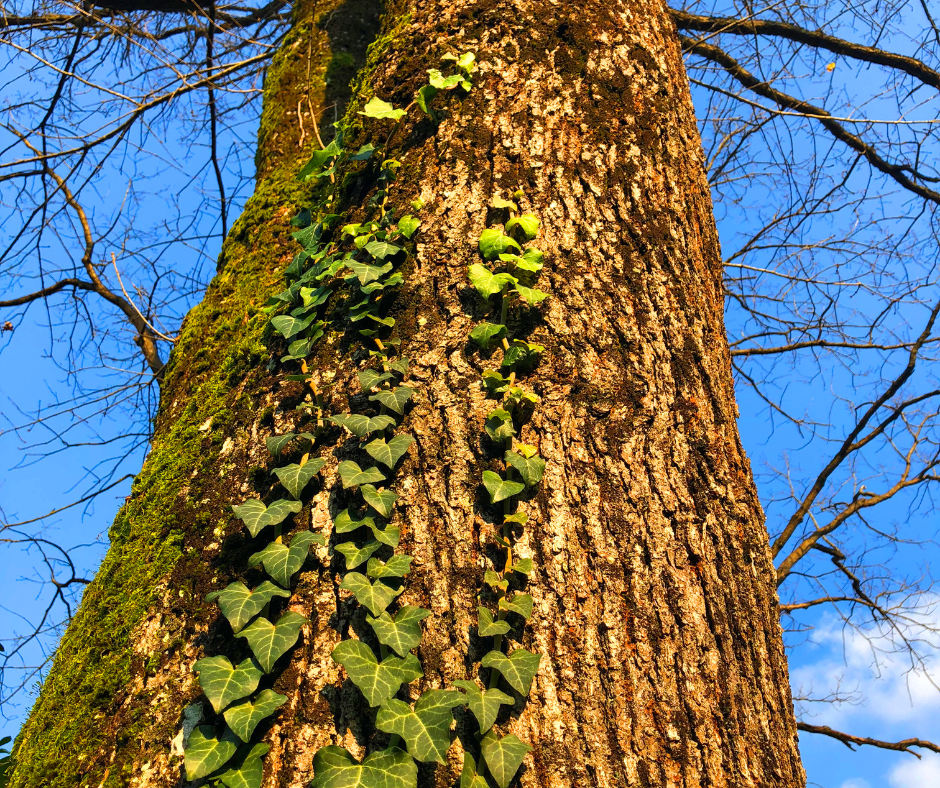English Ivy
go.ncsu.edu/readext?916489
en Español / em Português
El inglés es el idioma de control de esta página. En la medida en que haya algún conflicto entre la traducción al inglés y la traducción, el inglés prevalece.
Al hacer clic en el enlace de traducción se activa un servicio de traducción gratuito para convertir la página al español. Al igual que con cualquier traducción por Internet, la conversión no es sensible al contexto y puede que no traduzca el texto en su significado original. NC State Extension no garantiza la exactitud del texto traducido. Por favor, tenga en cuenta que algunas aplicaciones y/o servicios pueden no funcionar como se espera cuando se traducen.
Português
Inglês é o idioma de controle desta página. Na medida que haja algum conflito entre o texto original em Inglês e a tradução, o Inglês prevalece.
Ao clicar no link de tradução, um serviço gratuito de tradução será ativado para converter a página para o Português. Como em qualquer tradução pela internet, a conversão não é sensivel ao contexto e pode não ocorrer a tradução para o significado orginal. O serviço de Extensão da Carolina do Norte (NC State Extension) não garante a exatidão do texto traduzido. Por favor, observe que algumas funções ou serviços podem não funcionar como esperado após a tradução.
English
English is the controlling language of this page. To the extent there is any conflict between the English text and the translation, English controls.
Clicking on the translation link activates a free translation service to convert the page to Spanish. As with any Internet translation, the conversion is not context-sensitive and may not translate the text to its original meaning. NC State Extension does not guarantee the accuracy of the translated text. Please note that some applications and/or services may not function as expected when translated.
Collapse ▲ When the leaves are off the trees in winter you can easily see all the English ivy vines growing up tree trunks. N.C. Cooperative Extension, Union County Center wants you to remove the English Ivy from your trees before it’s too late. It’s widely known that English ivy kills trees. This vine was brought to the U.S. as a groundcover, but left unchecked it grows straight up the trunks of trees. When English ivy gets into the canopy, it grows all the way out to the tips of branches and shades out the tree’s own foliage, quickly killing entire large limbs. The ivy also adds a significant amount of extra weight, so tree limbs break more frequently during wind events. So if a large tree near your house has English ivy growing in it – that ivy will greatly increase the risk to your home.
When the leaves are off the trees in winter you can easily see all the English ivy vines growing up tree trunks. N.C. Cooperative Extension, Union County Center wants you to remove the English Ivy from your trees before it’s too late. It’s widely known that English ivy kills trees. This vine was brought to the U.S. as a groundcover, but left unchecked it grows straight up the trunks of trees. When English ivy gets into the canopy, it grows all the way out to the tips of branches and shades out the tree’s own foliage, quickly killing entire large limbs. The ivy also adds a significant amount of extra weight, so tree limbs break more frequently during wind events. So if a large tree near your house has English ivy growing in it – that ivy will greatly increase the risk to your home.
Back on ground level, English ivy forms a dense carpet and outcompetes all other vegetation, part of the definition of an invasive species. It forms such a thick carpet that it even outcompetes the trees’ roots for soil moisture and nutrients, yet another method by which English ivy kills trees. All of that ivy on a tree obscures your view of the tree’s trunk and branches, so if the tree has a structural defect, you won’t be able to see that problem until it is too late. And arborists frequently charge extra to prune or remove trees covered with English ivy because they basically have to strip off all of that ivy as they work or they can’t do their job safely. So English ivy doesn’t just kill trees, but it costs you extra money.
But killing the English ivy is not terribly difficult. Just cut the vines off the trunk as far as you can safely reach from the ground. The vines left dangling up in the canopy cannot resprout roots or reattach themselves, so they quickly die, the leaves of the vine will brown out and drop within a couple of months. The woody vines will dry up and lose weight, decreasing the stress on the tree within a couple of months. The dried-up vines become brittle and drop off over a couple of years. If you try to rip out the vines from the ground, you will probably snap off tree limbs unless you wait until they are dried up and brittle. Even then, it may be difficult so it may be best to just leave them. English ivy growing as ground cover smothers all other vegetation, so I’d recommend removing all the ivy on the ground as well. English ivy kills trees and costs you extra money, so get outside and remove the English ivy from your trees.




